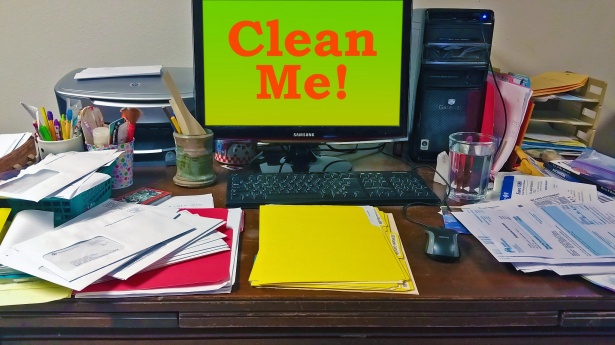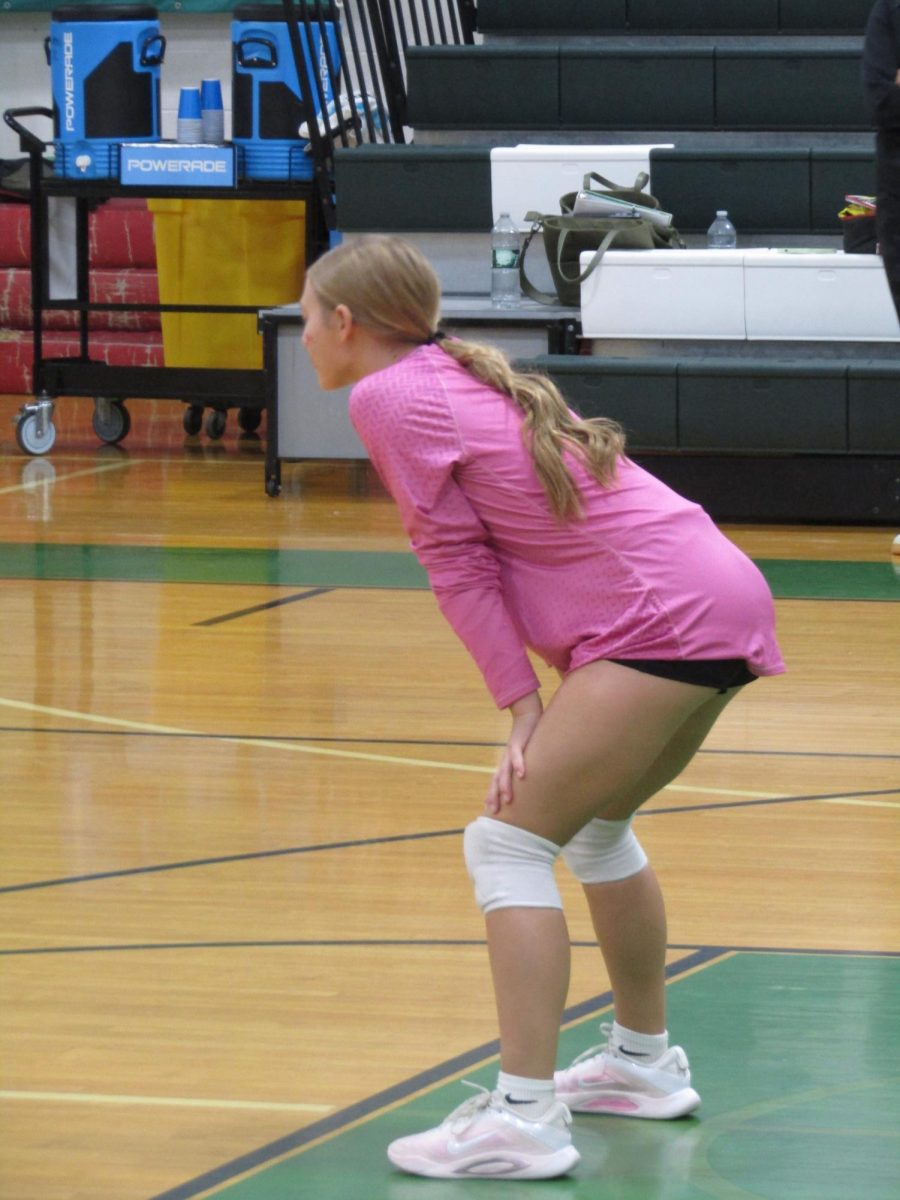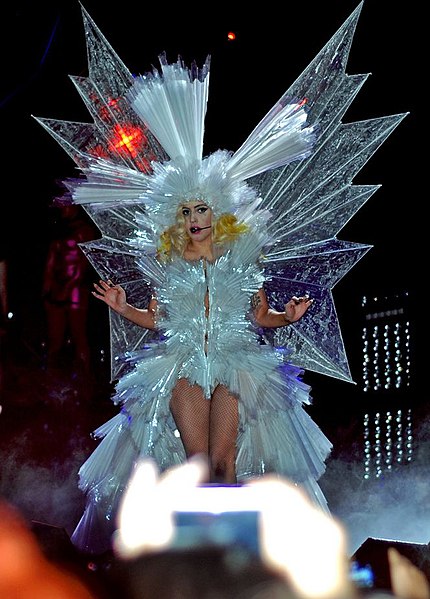The Last Great Race
The Unbreakable Bond Between Man and Animal
January 4, 2022
Alaska, also known as The Last Frontier, is 663,300 square miles. That’s larger than Texas, California, and Montana combined, making it the largest state in the U.S. It was purchased from Russia in 1867 as the 49th state. This stopped Russia from expanding settlements and trade.
In 1869, gold was discovered in Alaska and the Yukon Territory of Canada. This was the start of the Klondike Gold Rush, or more commonly known as the Yukon Gold Rush. The Yukon Gold Rush caused hundreds of thousands of people from all over the world to start a new life of a treacherous journey through the rugged terrain of snow and ice when it came to the thought of becoming rich. The Yukon Gold Rush had finally ended in 1899 when there was little to no gold left to find.
In 1925, a diphtheria outbreak had taken over Nome, Alaska. The outbreak was threatening to kill most of the region’s population (about 10,000 people). Diphtheria is caused when strains of Corynebacterium diphtheriae, a type of bacteria, make a toxin. This deadly virus spreads by sneezing or coughing or even simply by saliva. It makes breathing difficult and can also cause a fever, swollen lymph nodes, and heart failure, amongst other symptoms.
During the epidemic, an antitoxin was being supplied in Nenana. To receive the antitoxin a relay of sled dogs had to run a trek of 674 miles.
One of the teams was led by a musher known as Leonhard Seppala whose lead dog was a Siberian husky called Togo. On average most of the teams across 674 miles only ran 31 miles. Togo and his team ran over 261 miles. Eventually, Leonhard had to hand off the antitoxin to another team whose musher was known as Gunnar Kaasen. His team was led by one of the world’s most famous dogs: Balto.
Kaasen was able to get the antitoxin to Nome, saving the lives of thousands of people. Today, you can find the statue of Balto in Central Park commemorating the heroic events of the Serum Run of 1925.
Togo was not noticed until he was voted “The World’s Most Heroic Animal” by Time Magazine in 2011. Though he was not yet fully noticed for his achievements until Disney’s 2019 film, Togo, which you can find on Disney Plus, while Balto has already had multiple movies made about him.
In celebration of the Serum Run of 1925, every year a dog sledding race is held in Alaska. This race is known as the Iditarod. It’s roughly 1,000 miles long and starts on the first Saturday of March in Anchorage. The Iditarod finishes in Nome. This year’s race starts on March 5th.
There are two different routes. Both start in Anchorage and end in Nome. One is for all the even years, known as the Northern Route, and the other is for all the odd years, known as the Southern Route. Last year’s 2021 route was the Southern Route, this year will be a Northern Route. The 2022 race will mark the 50th anniversary of the Iditarod.
The Iditarod, or also known as the Last Great Race, embarks through temperatures that can be as low as sub-zero though in recent years the temperature of these races have been around a freezing 32 degrees Fahrenheit, still enough to be life-threatening and able to cause many illnesses like hypothermia and pneumonia.
Though no humans have ever died during the Iditarod at least 150 dogs have died since the first race in 1973. When a sled dog dies in the Iditarod this can be caused by many things, like as mentioned before any illnesses, frostbite, or even being pushed too hard. Because of this, not any musher can just enter the race.
To qualify to race, rookie mushers and his or her team must race qualifying races before the Iditarod. If they can complete the qualifying races they are qualified to race in the Iditarod, but there are also other necessary procedures. If the musher (rookie or not) can enter the race a certified veterinarian must check the dogs to make sure they are healthy enough. To make sure the dog is healthy enough the veterinarian must check their paws, make sure the dog is not underfed, dehydrated, ill, drugged, or any other signs of an unhealthy dog.
Another thing a musher must have to qualify into the Iditarod is having the necessary breeds. The breeds are northland breeds that are “double-coated.” This means the breed’s coat must have a down layer, keeping it warm. This layer is soft. The outer layer is not as soft and protects the dog from the elements, like rain or snow.
Examples of double-coated breeds are Siberian huskies, Alaskan malamutes, Alaskan huskies, Samoyeds, and Seppala Siberian huskies. Something you may notice in this list apart from all of the breeds being double-coated is that they are all work breeds. These work breeds specifically are bred for pulling sleds.
Technically, you could use just about any breed to pull you on a sled, ATV, bike, etc. but these breeds are specifically bred to pull and to get across great distances. These breeds were bred for stamina, speed, and endurance though these stats can vary depending on the breed when compared to one another.
A unique feature about double-coated breeds is that they have webbed paws. Webbed paws make it easier for these breeds to walk on ice and snow like snowshoes. Another unique feature is that these breeds have long fur that grows between their toes. This trait was developed to protect the paws from debris, like grit or ice, and to keep their paws warm.
All these traits, from having the ability to keep warm even during harsh weather conditions, having the strength and speed to pull and to get over great distances, and even having the ability to protect their paws, are all necessary when it comes to racing a team of sled dogs in the Iditarod. Many other breeds don’t have these abilities which can make the death ratio of sled dogs in the Iditarod even higher than it is now if any breed could qualify to race.
An example of inappropriate breeds being entered into the race is in the 1990s when musher John Suter entered poodles onto his team, after this, the rule was set that only double-coated breeds could be entered.
If a dog gets sick or injured in the middle of a race, it will be taken out of the race and treated. There are at least 26 checkpoints in the race. The first checkpoint is when the mushers can choose to rest their team for 24 hours. This checkpoint is typically 300-600 miles into the race. Teams must rest at the second checkpoint for at least 8 hours.
Checkpoints and resting are incredibly important in the Iditarod. The dogs get a checkup, rest, drink, and eat, while the checker records when the team arrived, and track where they are heading from and where they are heading to.
If a team doesn’t rest at a checkpoint they can always be passed by someone 40 miles behind them, though it seems they are so far ahead. This is because the team behind them will already have much more energy. After all, they rested while the team ahead hasn’t, putting them at a disadvantage.
Because this race is so dangerous and difficult, it makes many animal rights activists protest against it, calling it “cruel”. What I’ve seen from extreme animal rights organizations like Peta (People for the ethical treatment of animals) tend to demonize the dog sledding industry and the mushers. They say the mushers are doing this for the money. Indeed the award for the winning team is prize money ranging from 40 to at least 500 thousand dollars (this can differ each year) but mushers put that money into their dogs. It’s extremely expensive to feed for at least 12 dogs and to pay for all their vet bills, not to mention the fact that they have to put money into caring for the equipment or even their own house.
Animal rights activists also make a point about the dogs’ living conditions. Many sled dogs live either in kennels or are chained. First off, these breeds would rather live outside. These are not house pets and this is coming from someone who owns two Siberian huskies and also trains them for sports like this. Many people get huskies or similar breeds and don’t expect them to be high-energy dogs. These breeds are very hyper-energetic, many of which also have a high prey drive meaning they will instinctively kill other animals that they see as prey, such as rabbits, chickens, etc.
If these dogs aren’t properly managed, you’ll probably come home to a trashed house. This is why it would be an awful idea to own at least 12 dogs and have them all in one house. Yes, I’ve heard of some mushers who have run the Iditarod and do keep all their dogs in their house but that takes a lot of time and training, and hard work. A lot of mushers are putting their time into training their dogs for mushing, not house training.
When you see sled dogs chained up, that is not abuse. I prefer a kennel but I have nothing against chained dogs as long as they have shelter, food, water, get taken off the chain, and get lots of attention, which is also a huge necessity when it comes to working dogs. They need a lot of attention. These dogs are usually never chained up for long as they are worked all day. This is also not abusing one might think as long as it is done responsibly. It is painful for high-energy dogs to not work. This is what they love to do, and they love the freezing temperatures. It does not phase them.
I’m not saying that there aren’t any bad mushers in the dog sledding industry. Of course, there are, just like in any field there are always gonna be those bad apples, but those are less likely than the good ones by a lot. The mushers who do abuse their dogs should never be allowed to enter into the Iditarod.
Another point animal rights activists make about sled dogs is that they are skinny. Many work breeds you see today are overweight and that has been normalized in many people’s minds. You can go to your local dog park and see a husky who looks like it never missed a meal in its life. The thing that keeps flying over these people’s minds is that these dogs are athletes, not house pets. They run all day long pulling weight, not only that but usually, these dogs have a diet that is completely different from the diet of your everyday dog. It usually isn’t kibble or canned food (unless it is made for working dogs), but rather raw meat and fish. Or other diets for working dogs consist of raw meat in water so that the dog can eat and stay hydrated at the same time.
A lot of animal rights activists are completely against any use of animals being used by people, but you can’t just take something that’s been used for a specific purpose for thousands of years, get rid of its purpose, and expect it to be okay. Just because people include themselves in activities that involve animals doesn’t automatically make it cruel. What is cruel and abusive is when the animal is obviously in a lot of pain and people do nothing to fix it. When you look at videos and photos of the sled dogs in the Iditarod, you are gonna see them with their ears forward, tails up, and determination. They never hesitate when they know it’s time to go. This sport is what they love to do. It is the dog’s life. If the dog didn’t want to do something it would make it quite obvious by not wanting to go. Of course, the musher isn’t gonna hurt the dog because they need the dog to get through 900 plus miles. If it was obvious the animal was being abused they wouldn’t allow it in as mentioned earlier about the veterinarian checkups to enter. These mushers love their dogs, it’s their livelihood. A musher needs their team and the team needs their musher.
Moving away from the animal rights topic, the Iditarod usually takes less than 10 days, though in earlier years it took around 20. In last year’s 2021 race, the winner was Dallas Seavey who finished on March 15. He was followed by Aaron Burmeister in second place and third place, Brent Sass.
The Iditarod can have more than 100 competitors, around 46 competed in 2021 and around 54 will be competing this year, though this can change.
The Iditarod is not for the faint of heart. Mushers must always be prepared for what will be thrown at his or her team. Whether that be the elements or the wildlife such as moose or bears. The team must trek through night and day, through the luscious Alaskan forests, and through the rugged terrain of the mountains. Over frozen rivers or lakes. Worrying if they even brought enough supplies along with them or if they will make it out of the blizzards okay. Just because no one has died yet doesn’t mean no one can die in the future of the Last Great Race.







































Karen Raymond • Jan 12, 2022 at 8:34 am
Very interesting article! I learned a lot from it, and it shows your passion and understanding about mushers and their team of dogs. Also, I loved how you supported your opinions. So proud of you, Hazel!